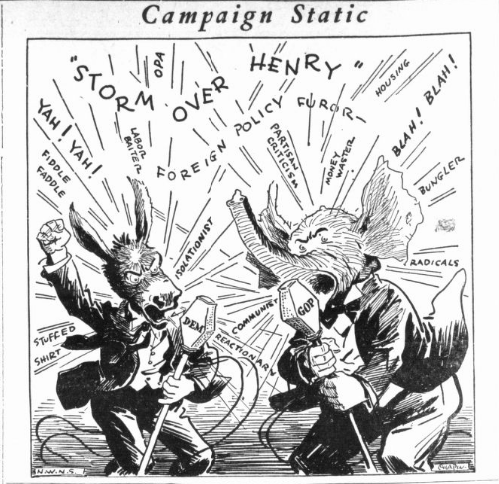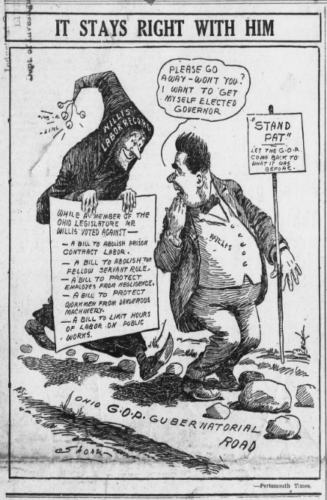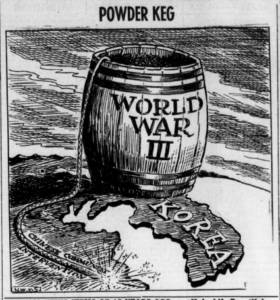Political Cartoons in America

Ever wonder about the history of political cartoons in the United States? They may just be much older than you would expect!
Benjamin Franklin began the popularization of the political cartoon in America with his famous “Join or Die” cartoon which depicts the colonies divided in the form of a cut up snake. Over the years political cartoons became even more important to everyday Americans as artists used satire and caricature to not only discuss politics, but to call out oppression, hypocrisy, and sometimes simply to make fun of unpopular opinions.
Political cartoons have long been a facet in the American political landscape. Since even before the founding of the United States leaders such as the aforementioned Franklin used political cartoons to influence the public. The popularization of political cartoons was an important factor in the growth of newspapers and magazines in the country. Inclusion of popular cartoonists and their provocative cartoons led to continued intense competition in the newspaper industry, as cartoons were a major selling point for the papers.
One might imagine the title image when thinking about American political cartoons. The depiction of the democrat’s donkey and the republican’s elephant rocking out over their differences in American policies seems as though it could be from any era of modern American politics. But American political cartoons are not limited to federal politics. There is a rich history of local newspapers using cartoons to call attention to local and state politics as well.

Such as this cartoon, which depicts a state representative interested in running for governor being haunted by his track record in the Ohio legislature. This image is a wonderful example of how American political cartoon’s scope goes beyond what we commonly think of. But cartoons do not stop at local, state, and federal levels either. American political cartoons are also well known for their take on global politics as well.

In this cartoon from 1950 a powder keg labeled “World War III” is about to be lit by communist intervention in the Korean War. Images such as this demonstrate how cartoons have been used not only as satire and caricature, but also as imagery to demonstrate political landscapes. World politics appear frequently in cartoon form, images such as Cecil Rhode’s Colossus are well known global cartoons implicating policies, politics, and their outcomes.
Political cartoons have played a major role in United States politics. Not only do global and federal politics garner the attention of cartoonists and their caricatures, but local and state politics as well. With the popularity of newspapers political cartoons became a well-known and beloved part of reading the news, even today one can expect to encounter political cartoons on social media, akin to what those in 1900 saw int their newspapers. Altogether, cartoons have set the stage for politics to be interpreted by artists in a variety of ways, allowing for state, federal, and global, political leaders and policies to be scrutinized in an efficient manner without need for in-depth analysis.
Thank you to Lauren Kennedy, Digital Projects Coordinator at the Ohio History Connection, for this week’s post!



Leave a Reply
You must be logged in to post a comment.